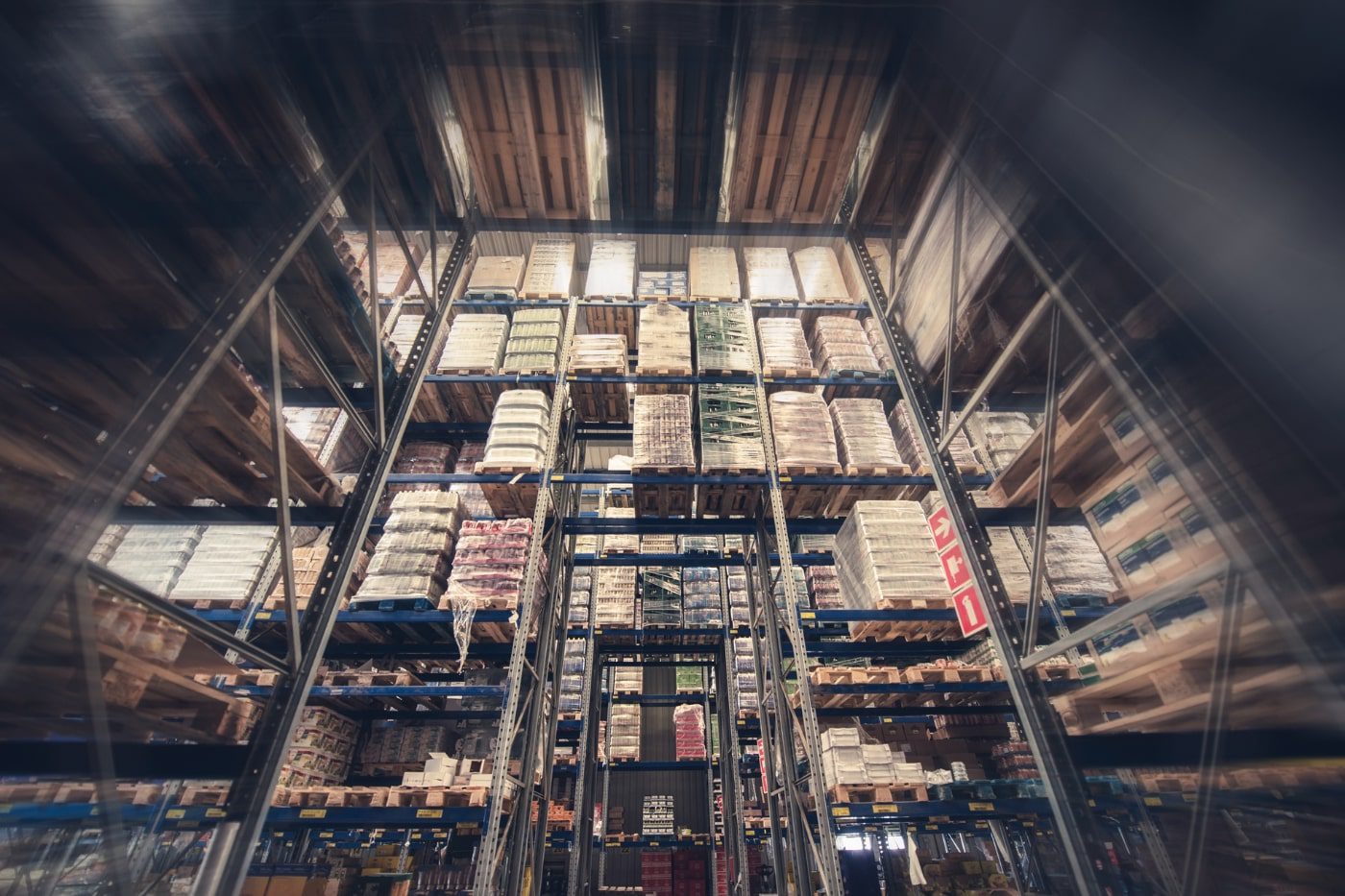Fast shipping and streamlined eCommerce experiences are no longer a bonus – they’re the new normal for online consumers. According to Elite EXTRA, an impressive 97% of consumers now consider same-day shipping as the benchmark for “fast” delivery. This relentless demand for speed, coupled with rising expectations for more transparency, flexibility, and personalization, presents a challenge for businesses striving to stay ahead.
Meeting these ever-evolving expectations can put a strain on resources, logistics, and overall customer satisfaction. However, by embracing strategic fulfillment – a carefully crafted approach to order processing, inventory management, and delivery – businesses can not only meet but exceed customer expectations, foster loyalty, and drive growth. Let’s look at today’s customer demands and explore the key fulfillment strategies that empower businesses to thrive in the competitive eCommerce landscape.
Understanding Today’s Consumer Expectations
To excel in eCommerce, it’s imperative to have an understanding of what customers expect. Today’s consumers aren’t just looking for products; they’re seeking a seamless experience from the moment they click “buy” to the moment their package arrives at their doorstep. Your company’s fulfillment solutions should reflect that.

Speed
Consumers have grown accustomed to the immediacy of the digital world, and they expect that same swiftness to extend to their deliveries. Rapid delivery isn’t just a perk anymore; it’s a baseline expectation that significantly impacts customer satisfaction and loyalty.
Transparency
Today’s shoppers want real-time visibility into their order’s journey. Providing real-time order tracking and proactive communication about any delays or changes fosters trust and empowers customers to plan their lives around their deliveries.
Flexibility
Modern customers appreciate flexibility and options. Offering options like free returns, various delivery choices (including same-day, next-day, or scheduled delivery), and even the ability to change a delivery address mid-transit can significantly enhance the customer experience.
Personalization
Customers increasingly expect a personalized experience. This could include tailored product recommendations, customized packaging, or special offers based on individual preferences. By demonstrating that you understand and value their unique needs, you can create a lasting impression and foster a deeper connection with your customers.
Understanding these core expectations provides a roadmap for companies to navigate the complex world of eCommerce fulfillment. By prioritizing speed, transparency, flexibility, and personalization, businesses can create a fulfilling experience that keeps customers coming back for more.
Key Fulfillment Strategies for Success
Effective eCommerce fulfillment is more than just getting products from point A to point B; it’s about prioritizing your customer’s experience. The strategies outlined below are key to staying ahead of today’s demanding consumer expectations and ensuring operational success.

Strategy 1: Distributed Inventory
The old model of centralizing inventory in a single warehouse is rapidly becoming obsolete. Distributed inventory, where stock is strategically positioned in multiple locations closer to your customer base, offers numerous advantages. These include:
Faster Shipping Times: By reducing the distance between your products and your customers, you can dramatically decrease shipping times, leading to improved customer satisfaction.
Lower Shipping Costs: Shorter shipping distances translate to reduced transportation costs, which can positively impact your bottom line.
Improved Inventory Management: With inventory spread across multiple locations, you can better anticipate and respond to regional demand fluctuations.
Risk Mitigation: If one location experiences disruptions, other fulfillment centers can step in to ensure uninterrupted service.
Strategy 2: Omnichannel Fulfillment
Today’s consumers engage with brands through a variety of channels, from online marketplaces to social media platforms and brick-and-mortar stores. Omnichannel fulfillment allows you to seamlessly fulfill orders from any of these touchpoints, providing a consistent and convenient experience for your customers. This approach enables you to optimize inventory levels, avoid stockouts, and benefit from:
Enhanced Customer Experience: Customers can shop and receive orders conveniently, regardless of their preferred channel.
Increased Sales Opportunities: By expanding your reach across multiple channels, you can tap into new customer segments and boost sales.
Improved Inventory Visibility: A centralized inventory management system provides real-time insights across all channels, enabling better decision-making.
Streamlined Operations: Integrating order management across channels improves efficiency and reduces errors.
Strategy 3: Technology Integration
Modern fulfillment relies heavily on technology to optimize processes and drive efficiency. Warehouse Management Systems (WMS) automate and streamline warehouse operations, from receiving and putaway to picking, packing, and shipping. Order Management Systems (OMS) provide a centralized platform for managing orders across multiple channels, ensuring accuracy and visibility throughout the fulfillment process. Integrating these and other technologies benefits your company with improved order accuracy, faster fulfillment times, and reduced operational costs.
Strategy 4: Last-Mile Delivery Solutions
The last mile of delivery – the final leg of the journey from a fulfillment center to the customer’s doorstep – is often the most critical and complex. Efficient and cost-effective last-mile delivery solutions are crucial for meeting customer expectations and ensuring a positive brand experience. This may involve partnering with local couriers, utilizing crowdsourced delivery platforms, or even exploring innovative transportation solutions.
Strategy 5: Returns Management
A hassle-free returns process is essential for building customer trust and loyalty. Making returns easy and convenient not only improves the customer experience but can also provide valuable insights into product quality and customer preferences. Implementing clear return policies, offering multiple return options, and providing timely refunds can all contribute to a positive return experience.
By embracing these key fulfillment strategies, businesses can not only meet the rising tide of customer expectations but also gain a competitive edge in their niche.
Implementing eCommerce Fulfillment Strategies
Understanding the key strategies is just the first step. The successful implementation of these strategies requires a proactive and adaptable approach. Let’s dive into some essential aspects of bringing these strategies to life.

Partnering with a 3PL for Expertise
Outsourcing your fulfillment operations to a third-party logistics provider (3PL) can be a game-changer, particularly for businesses experiencing rapid growth or facing logistical complexities. Here’s how a 3PL like Hanzo Logistics can elevate your fulfillment capabilities:
Expertise and Infrastructure: Tap into a network of warehouses, technology, and experienced professionals to streamline your fulfillment operations.
Scalability: Easily scale your fulfillment capabilities up or down to match fluctuations in demand without investing in additional infrastructure.
Cost Savings: Leverage economies of scale and shared resources to reduce costs associated with warehousing, labor, and transportation.
Focus on Core Competencies: Free up internal resources to focus on your core business activities, such as product development and marketing.
Advanced Technology: Benefit from cutting-edge fulfillment technology and systems without the need for significant upfront investment.
Risk Mitigation: Transfer some of the risks associated with fulfillment, such as inventory management and transportation, to a trusted partner.
Data Analytics for Optimization
Using data analytics is critical for understanding customer behavior, identifying trends, and optimizing your fulfillment processes. By collecting and analyzing data on order volumes, shipping times, inventory levels, and customer feedback, you can:
Identify Areas for Improvement: Pinpoint bottlenecks, inefficiencies, or areas where customer expectations aren’t being met.
Personalize the Customer Experience: Tailor product recommendations, shipping options, and marketing messages based on individual preferences and past behavior.
Forecast Demand: Anticipate fluctuations in demand to ensure optimal inventory levels and avoid stockouts or overstocking.
Measure Performance: Track key performance indicators (KPIs) like order accuracy, on-time delivery, and customer satisfaction to evaluate the effectiveness of your fulfillment strategies.
Continuous Improvement in Operations
eCommerce is constantly evolving, and customer expectations are always on the rise. To stay ahead of the curve, it’s essential to adopt a mindset of continuous improvement. Regularly evaluate your fulfillment processes, seek feedback from customers and employees, and be willing to adapt and innovate. By embracing a culture of continuous improvement, you can:
Stay Ahead of the Competition: Identify and implement new technologies, strategies, and best practices to maintain a competitive edge.
Enhance Customer Satisfaction: Continuously refine your fulfillment processes to exceed customer expectations and foster loyalty.
Drive Efficiency: Identify and eliminate waste, streamline operations, and optimize resource allocation.
Foster a Culture of Innovation: Encourage employees to contribute ideas and solutions to improve the fulfillment experience.
By combining strategic partnerships, data-driven insights, and a commitment to continuous improvement, businesses can navigate the complexities of eCommerce fulfillment and deliver exceptional customer experiences that drive growth and success.
Empower Your eCommerce Company with Strategic Fulfillment
Strategic fulfillment has transformed the eCommerce market, empowering companies to create experiences that meet rising customer expectations. By prioritizing speed, transparency, flexibility, and personalization, businesses can build loyalty and drive growth. From leveraging distributed inventory and omnichannel fulfillment to embracing technology and optimizing last-mile delivery, the strategies outlined in this article provide a roadmap for navigating eCommerce logistics.
Partnering with a 3PL can further enhance your fulfillment capabilities. Explore how Hanzo Logistics can empower your eCommerce business with personalized fulfillment & distribution solutions. We understand that the journey to fulfillment excellence is strategic, and we’re here to help your company reach new heights of success.



